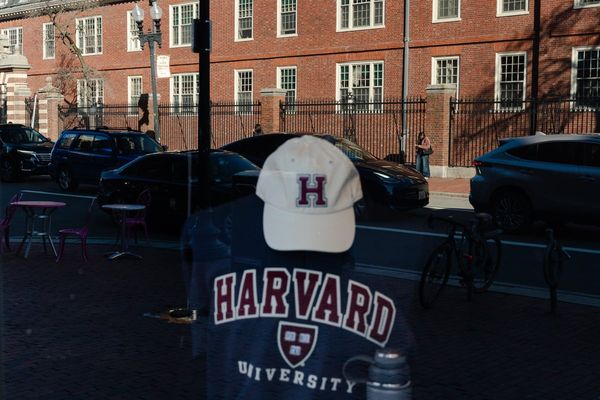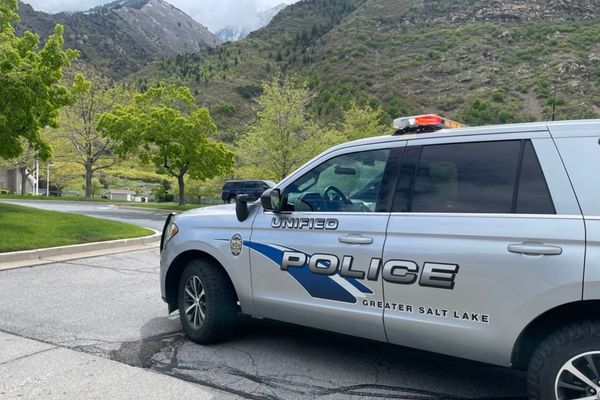
Stadiums function as spaces of exhilaration but also pose dangers for both spectators and competitors. Poor maintenance and deficient safety systems can lead to severe injuries, holding stadium owners or operators legally accountable. This post reviews the fundamental concepts of premises liability, the specific dangers present in sports facilities, and the challenge of maintaining security without compromising the fan experience.
- Premise Liability: The Legal Duty to Ensure Safe Environments
Under premises liability laws, sports venues must ensure safe conditions for all attendees, including players and spectators. This obligation requires venue operators to regularly inspect, repair, and warn of potential hazards. The venue can become responsible for spectator injuries when such incidents stem from predictable and preventable conditions.
The level of care owed depends on how visitors are classified. Ticket holders are considered “invitees” meaning venues have a high duty to identify and address risks. Ignoring foreseeable dangers, such as recurring water leaks in restrooms that cause slippery floors, can lead to lawsuits. To minimize legal risks, experts like Russell & Hill, PLLC recommend proactive measures. This includes staff training and robust emergency protocols, emphasizing the importance of adhering to both common law principles and modern safety standards.
- High-Risk Hazards: From Structural Failures to Spectator Injuries
Sports venues, due to their size and the dynamic nature of events, present unique safety challenges. Despite strict protocols, they remain high-risk environments. Structural issues like collapsing bleachers or falling debris can lead to disastrous results. Aging facilities and poor maintenance, combined with harsh weather conditions, increase safety hazards.
Historical incidents, such as the 1955 Le Mans disaster, where 83 spectators died due to weak track barriers, illustrate the severe consequences of negligence. Even with modern advancements, accidents still occur; for example, a 1987 Indy 500 incident involving a detached tire killing a spectator led to lawsuits over insufficient fencing.
Beyond structural concerns, other hazards include wet floors, poor lighting, and crowd control problems. Large gatherings can result in overcrowding, trampling, or other injuries if not properly managed. On-field incidents, like errant balls or equipment failure, also endanger players and spectators. In sports like hockey and baseball, flying pucks or foul balls pose significant risks, requiring venues to balance visibility with adequate protective measures.
- Balancing Safety with the Spectator Experience
Venues must carefully balance safety with the immersive experience fans expect. This delicate equilibrium often involves smart design, modern structural solutions, and ongoing reviews of safety protocols. For instance, the “ Baseball Rule” historically shielded venues from liability for foul ball injuries, assuming spectators accepted inherent risks. However, evolving modern standards demand “reasonable” precautions, such as extending protective netting beyond home plate. Neglecting these expectations, like failing to repair damaged nets, can expose venues to negligence claims.
Crowded control presents another key challenge. Overcrowding or insufficient security can lead to dangerous situations, as demonstrated by the 1974 Ten Cent Beer Night riot, where poor alcohol management caused chaos and injuries. Modern venues address these risks through strategies like ticket limits, advanced surveillance, and well-trained staff. Yet, any lapses in protocol may still result in legal action, underscoring the importance of vigilance in maintaining both safety and engagement.
Endnote
The intersection of sports, law, and public safety is complex, as neglected maintenance or structural failure can endanger both players and spectators. Holding venues accountable fosters a culture of safety and continuous improvement. By integrating proactive measures while meeting legal standards, sports facilities can balance safety with the thrill of live events. Prioritizing safety ensures secure, memorable experiences without compromising excitement.







